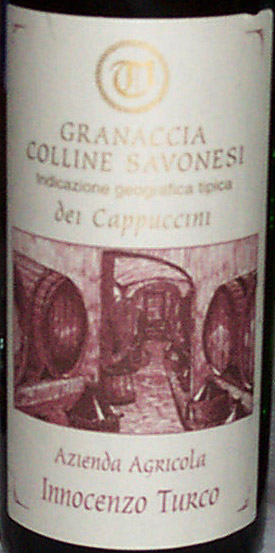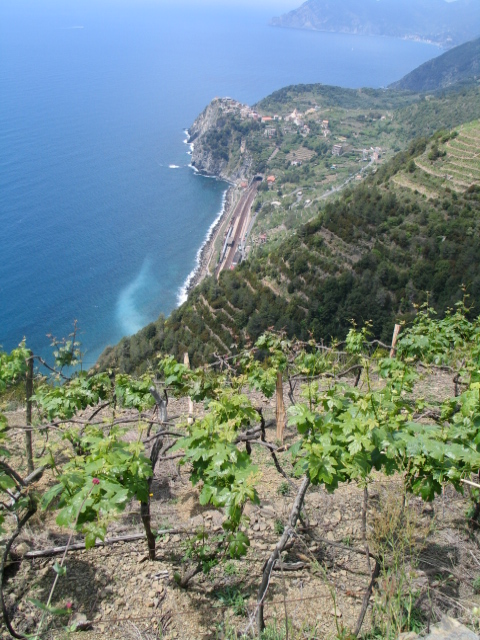by Martin Field
Cr̬me fraiche frequently pops up its tangy head in recipes broadcast on English TV cooking shows, but when you go to shop for said recipes this vital ingredient is rarely to be found Рat least on Australian supermarket shelves. When you do find some, it is usually packed in tiny containers carrying a boutique brand name and a hefty price tag.
We asked Beery Mag, our R&D chef for an easy recipe for making crème fraiche in the home kitchen. As usual, she came up with the goods.
Beery: ‘This essential ingredient is not literally fresh but is actually a lovely drop somewhere between fresh and sour cream. To make a batch take about 600mls of fresh cream – though not that hideous thickened cream made with gelatine. Gently heat the cream to body temperature, about 37 degrees centigrade. Use a thermometer – preferably not a rectal one – or a clean finger to test.
‘Stir in about a quarter of a cup of cultured buttermilk. Leave it covered – a soup thermos flask or a yoghurt maker is ideal – at room temperature for 24 hours, then refrigerate. The cream will thicken somewhat and acquire a delicious, slightly acidic tang along with a buttery nutty flavour.’
She advises that her faux crème fraiche will keep in the fridge for a week or more and reckons you can use it in any savoury dish in place of cream and that it goes wonderfully with fresh strawberries. Another of her tips is to create a dessert topping or sauce by beating a cup of the chilled faux crème fraiche with a third of a cup of chilled botrytised white and half a teaspoon of pure vanilla essence. Yummy.
‘Use the leftover buttermilk in place of milk when making pancakes and muffins. They’ll taste just gorgeous’ added Beery – who tends to gush occasionally.

